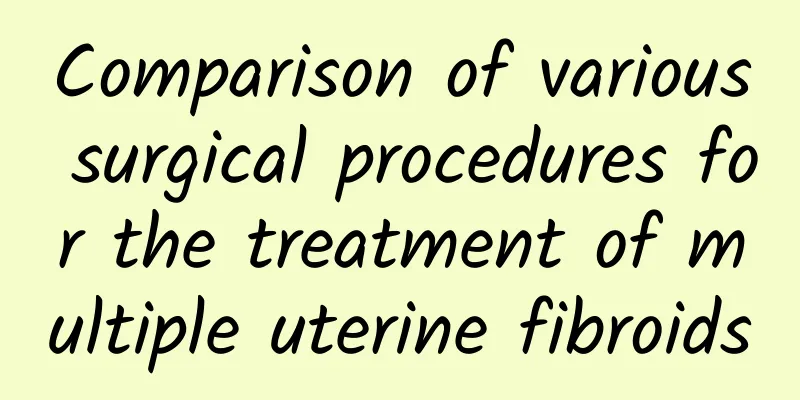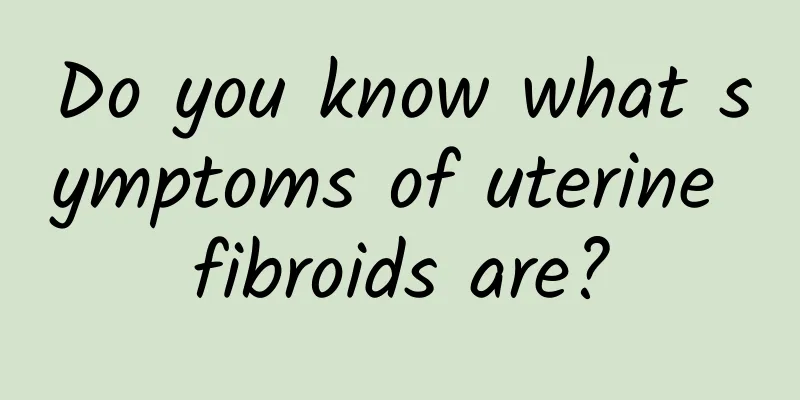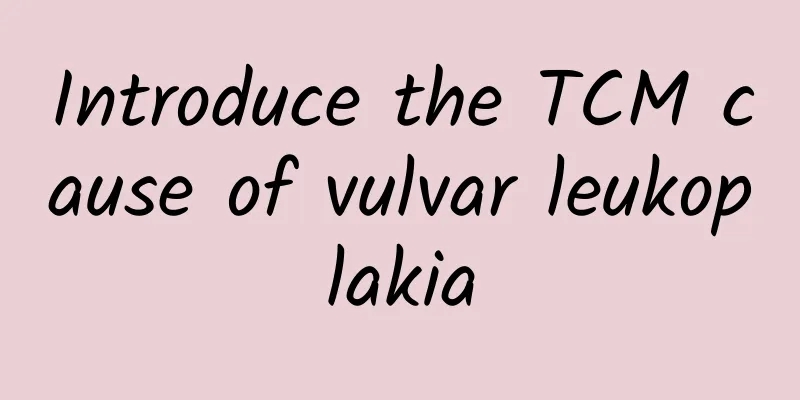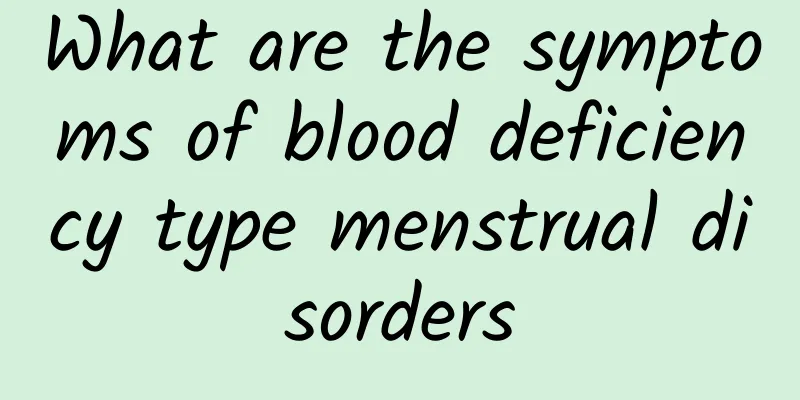How to treat multiple uterine fibroids? What are the causes of multiple uterine fibroids?
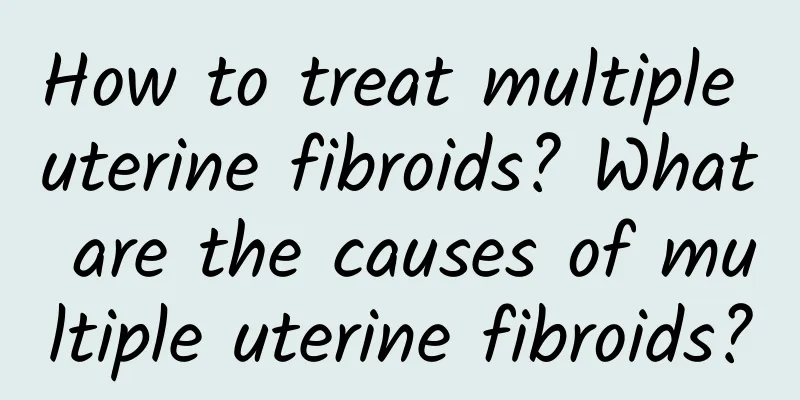
|
Different types of uterine fibroids can occur simultaneously in the same uterus, which is called multiple uterine fibroids. There are three types: myometrium accounts for about 60-70%, serosal membrane accounts for about 20%, and mucosa accounts for about 10%. According to statistics, about 20% of women over 35 years old suffer from multiple uterine fibroids, but most patients do not find that the incidence of multiple uterine fibroids is only 4-11%. Uterine fibroids are benign, and there is no evidence that uterine fibroids are transformed from uterine fibroids. 1. Symptoms of multiple uterine fibroids: 1. Compression symptoms: Larger posterior wall fibroids can compress the rectum and cause constipation, and larger broad ligament fibroids can compress the ureter. 2. Pain: Torsion of subserous pedunculated fibroids can cause sudden pain, and submucosal fibroids can sometimes cause dysmenorrhea. 3. Infertility: Women in their reproductive period may cause infertility, but the proportion is not very high. At the same time, if the fibroids are too large, it is easy to cause miscarriage, and the proportion is higher than that of uterine fibroids. 4. Bleeding Submucosal fibroids and myomas cause the uterine cavity to increase in area and menstrual volume. Multiple uterine fibroids cause heavy bleeding, or long-term menorrhagia and prolonged menstruation lead to anemia, which cannot be cured by general drugs. At present, ultrasound ablation is the best choice for the treatment of multiple uterine fibroids. 2. Causes of multiple uterine fibroids: The exact cause is unknown, but it may be related to excessive estrogen levels in the body and long-term estrogen stimulation. 1. Multiple uterine fibroids appear in women after menarche, which are more common in women of childbearing age. After menopause, the fibroids stop growing and gradually shrink; 2. Multiple uterine fibroids are often complicated by endometrial hyperplasia; Patients with ovarian granulosa cell tumors and theca cell tumors (which can secrete estrogen) often have uterine fibroids. 4. Estrogen levels increase during pregnancy and fibroids grow rapidly. 5. Exogenous estrogen can accelerate the growth of fibroids. 3. Self-examination of multiple uterine fibroids: 1. Observe menstrual blood: Increased menstruation, postmenopausal bleeding or contact bleeding are often caused by cervical or uterine fibroids. Therefore, the cause of bleeding other than normal menstruation should be investigated for symptomatic diagnosis and treatment. 2. Observe the leucorrhea: Normal leucorrhea is a small amount of slightly sticky colorless and transparent secretion, which will change slightly with the menstrual cycle, but purulent, bloody, watery leucorrhea are all abnormal. 3. Touch the lump yourself: In the early morning, lie flat on the bed on an empty stomach, gently bend your knees, relax your abdomen, and touch your lower abdomen from shallow to deep, you can find a larger lump. 4. Feeling of pain: Pay attention to pain in the lower abdomen, lower back or sacrum. 4. Treatment of multiple uterine fibroids: 1. Observation. Which fibroids can be observed? For those who are close to menopause and have no obvious symptoms, B-ultrasound examinations should be conducted every three or six months; even if there are fibroids, but no symptoms, regular follow-up examinations can be conducted for observation. 2. Patients with irregular vaginal bleeding outside of menstruation can undergo diagnostic curettage and pathological examination. 3. Drug treatment. If the menstrual volume is heavy, androgen drugs can be used to counteract estrogen, shrink the endometrium, and shrink the uterine smooth muscle and uterine vascular smooth muscle to reduce bleeding. Traditional Chinese medicine treatment can also reduce the menstrual volume, but it does not significantly shrink the fibroids. 4. Surgical treatment: It is suitable for patients with large fibroids, obvious symptoms, and those who are ineffective with non-surgical treatment. |
<<: What are the symptoms of multiple uterine fibroids? How to treat multiple uterine fibroids?
Recommend
What are the methods for checking after having an ectopic pregnancy?
Ectopic pregnancy means that during the conceptio...
Expert answer: Will dysmenorrhea cause infertility?
"Will dysmenorrhea cause infertility?" ...
What are the side effects of abortion? There are these 5 side effects
Abortion is quite common in our lives. Most women...
What are the prevention methods for chronic adnexitis?
In China, the incidence of chronic adnexitis has ...
6 foods to help you through menopause
Women in menopause will not only experience physi...
Do I need to treat mild cervicitis? There are five main hazards of cervicitis in women.
Every day, there are a large number of patients q...
Women should learn how to care for pelvic inflammatory disease
Among all kinds of gynecological inflammation dis...
Is premature abortion harmful to women? The six major hazards of abortion must be taken seriously.
Adolescents are ignorant and curious about love a...
How much does a painless abortion surgery cost?
With the development of the times, people's m...
【Video version】Drink more water to lose weight successfully! Is it right to drink at 6 o'clock in the morning, afternoon and evening?
As the saying goes, "A man can go without fo...
Three major misunderstandings about dysmenorrhea
Regarding the dysmenorrhea problem that women oft...
Are you under a lot of pressure and can't stop talking? 10 tips to control your appetite and lose weight easily
When people are under a lot of pressure and want ...
What diet should patients with congenital absence of vagina pay attention to?
What are the dietary taboos for congenital absenc...
Eat starch for dinner to lose weight? Rely on 2 weight loss hormones
Want to lose weight, avoid starchy foods for dinn...
What medicine can I take to eliminate uterine fibroids?
Uterine fibroids generally need to be eliminated ...
